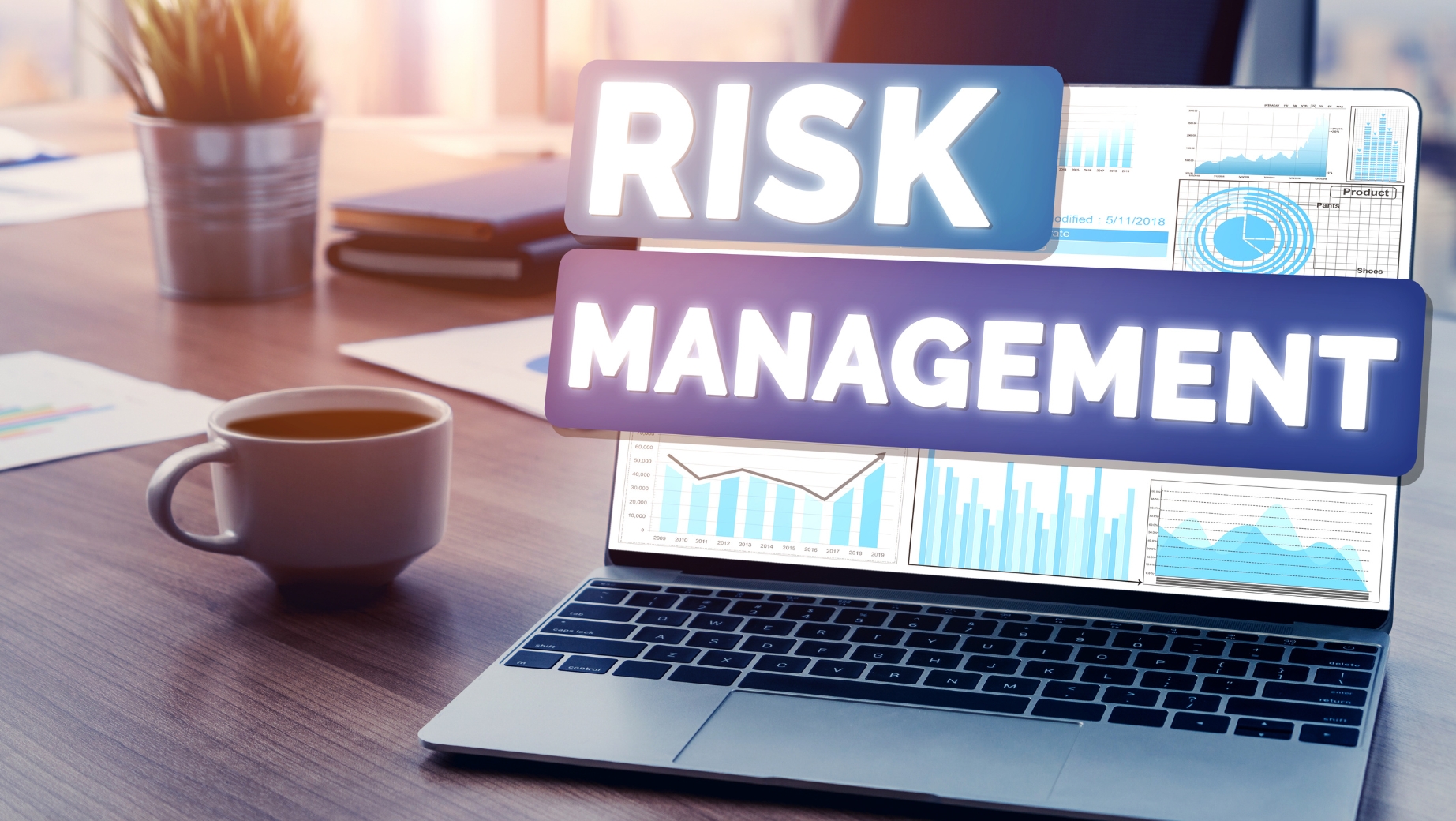
Climate risk management is becoming an indispensable facet of corporate strategy as businesses increasingly recognize the financial and operational impacts of climate change. Identifying, assessing, and mitigating climate-related risks ensures compliance with evolving TCFD regulations and safeguards asset value against environmental shocks and stresses. Effective management of business climate risk enhances a company’s resilience, preparing it to adapt to climate variability, regulatory shifts, and market changes. By integrating comprehensive climate risk assessments into their strategic planning, businesses can pinpoint vulnerabilities and opportunities within their operations and supply chains, ensuring sustained profitability and continuity in an unpredictable environment.
Key Components of TCFD Reporting
Governance
Effective governance is crucial in ensuring rigorous oversight of climate-related disclosures. Boards and senior management are increasingly tasked with integrating climate considerations into corporate governance frameworks. This involves defining roles and responsibilities explicitly to address climate governance and ensuring that the board has the necessary expertise and information to oversee climate risk governance standards. Strong governance supports the strategic alignment of climate risk with business objectives, enhancing accountability and facilitating informed decision-making processes.
Strategy
Incorporating the potential financial impacts of climate change into corporate strategy is essential for long-term sustainability. A strategic evaluation involves scenario analysis to understand the implications of different climate-related events and conditions on business operations. By embedding climate risk assessment into corporate strategy, businesses can identify critical risks and opportunities that climate change poses to their revenue streams, supply chains, and competitive positioning. A forward-looking approach allows companies to adapt and innovate, positioning themselves strategically in a transitioning economy while effectively fulfilling their TCFD disclosure obligations.
Risk Management
Robust risk management processes are imperative to effectively identify, assess, and manage climate-related risks. This component of TCFD reporting focuses on the mechanisms businesses employ to mitigate adverse effects on their financial and operational performance. Developing a comprehensive understanding of how climate risks can manifest and impact different aspects of the organization is critical. By implementing targeted risk mitigation strategies, companies comply with TCFD compliance for businesses and enhance their resilience against climate-related disruptions, securing long-term sustainability.
Metrics and Targets
Companies must establish specific metrics and targets to quantitatively manage and report on climate-related financial impacts. These benchmarks are vital for tracking performance and progress toward climate risk reporting best practices. Metrics such as greenhouse gas emissions, energy usage, and response to regulatory changes are commonly used to measure environmental impact and adaptation strategies. Setting clear targets for improvement can motivate progress and demonstrate to stakeholders the company’s commitment to managing business climate risk management software and practices effectively.
Ideal Practices for Climate Risk Reporting and TCFD Compliance
Aligning TCFD Disclosure with Sustainability and Regulatory Goals
To effectively align TCFD disclosure with broader sustainability and regulatory objectives, businesses must integrate climate-related reporting with environmental, social, and governance (ESG) strategies.

Such convergence ensures that climate disclosures are consistent with TCFD guidelines and resonate with global sustainability standards, enhancing corporate transparency and accountability. Businesses should aim to create a unified reporting framework that accommodates regulatory requirements and stakeholder expectations for sustainable practices, strengthening their market position and stakeholder trust.
Implementing Climate Risk Assessment in Business Strategy
Strategic integration enables companies to anticipate and prepare for potential disruptions or advantages climate change could bring to their industries. In proactively adjusting business models and operational strategies, organizations can mitigate risks and harness potential growth areas, thus ensuring businesses’ compliance with TCFD while promoting long-term sustainability.
Developing Transparent and Consistent Climate Disclosures
Achieving transparency in climate disclosures involves a meticulous approach that can significantly enhance stakeholder trust and support regulatory compliance. Here’s how companies can develop transparent and consistent climate disclosures:
- Standardize Reporting Practices: Employ universally recognized reporting standards that align with TCFD reporting standards to ensure consistency and comparability across sectors and time periods.
- Engage Stakeholders Regularly: Maintain an open dialogue with investors, regulators, and other stakeholders to understand their expectations and incorporate their insights into the reporting process.
- Enhance Disclosure Quality: Continuously improve the quality of the data reported by adopting advanced TCFD software and methodologies that provide accurate and actionable climate-related information.
Developing robust climate disclosures requires a commitment to consistency and clarity that goes beyond mere compliance.
The Role of Technology in Climate Governance and TCFD Reporting
How TCFD Reporting Software Streamlines Data Collection and Analysis
This software enables companies to automate data aggregation from various sources, reducing the manual effort and minimizing errors. It supports processing large datasets to discern trends and insights that might not be apparent from manual reviews. Providing a centralized platform for data management ensures that all information related to climate risks and performance indicators is easily accessible and up-to-date, facilitating timely and accurate TCFD reporting.
The Benefits of Environmental Risk Management Software
This technology assists in identifying, assessing, and managing environmental risks, thereby supporting more informed decision-making. The software typically features capabilities for scenario planning, which helps companies anticipate potential ecological impacts under various conditions and plan their mitigation strategies accordingly. Businesses integrating these tools into their risk management frameworks can maintain a proactive stance on environmental challenges, ensuring ongoing compliance with TCFD regulations and improving their overall sustainability performance.
Leveraging AI and Automation for Climate Risk Tracking
Both are transforming how businesses track and manage climate risks, offering unprecedented precision and efficiency in analyzing vast amounts of environmental data. Here’s how AI and automation contribute to enhanced climate risk tracking:
- Predictive Analytics: AI algorithms can predict potential climate risks before they occur by analyzing historical data and identifying patterns.
- Real-time Monitoring: Automation tools provide continuous monitoring of environmental parameters, allowing companies to respond promptly to any changes that could signify emerging risks.
- Risk Assessment Automation: AI can automate the risk assessment process, quickly evaluating potential impacts and suggesting mitigation strategies without human intervention.
Utilizing AI and automation in climate risk tracking enables businesses to stay ahead of potential threats and manage their responses more effectively.
Integrating Climate Data into Financial and Sustainability Reports
This integration helps align financial results with sustainability efforts, illustrating how environmental factors directly affect financial health. Tools and methodologies that facilitate this integration enable companies to communicate their success in managing climate risks and their commitment to sustainable growth, reinforcing stakeholder trust and supporting long-term investment.
Understanding TCFD Regulations and Reporting Standards
How Global Climate Policies Influence Corporate Disclosure
As international agreements and national policies evolve, they set new benchmarks for corporate responsibility regarding climate change. This global shift is prompting businesses to reassess their reporting practices and ensure they meet both local and international expectations. The dynamic nature of these policies requires companies to be agile and forward-thinking in their approach to climate disclosure, ensuring that their practices remain relevant and proactive in addressing global environmental challenges.
Ensuring Compliance with Investor and Regulatory Expectations
Investors increasingly demand detailed and accurate financial climate risk disclosures as part of their decision-making processes. Similarly, regulators are tightening disclosure requirements to ensure that companies seriously consider the risks and opportunities posed by climate change. Companies must, therefore, develop a strategic approach to climate risk reporting best practices that involve regular updates, comprehensive risk analysis, and transparent communication. Such a commitment mitigates compliance risks, enhances investor confidence, and supports the company’s credibility in the market.
Future Trends in Climate Risk Governance
Anticipating future trends in climate risk governance and reporting is essential for companies aiming to stay ahead in their industries. We can expect a greater integration of AI and data analytics in monitoring and reporting climate risks, along with increased stakeholder engagement in developing and refining climate strategies. These trends will drive the need for more innovative and effective reporting tools and practices, encouraging companies to continually improve their climate governance frameworks and methods.
The implementation of the TCFD framework is a critical step for businesses aiming to manage their climate-related financial risks effectively. This framework helps organizations maintain transparency in their reporting and supports comprehensive risk management processes that enhance business resilience and sustainability. By prioritizing transparency, accountability, and proactive management of climate risks, businesses can secure a competitive edge and contribute positively to global environmental goals.







